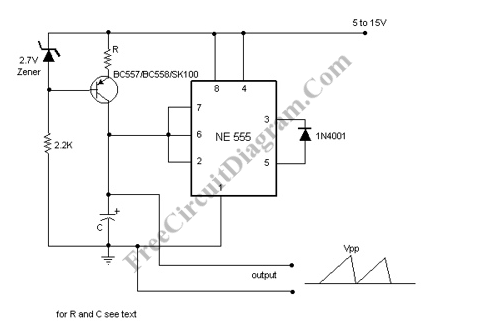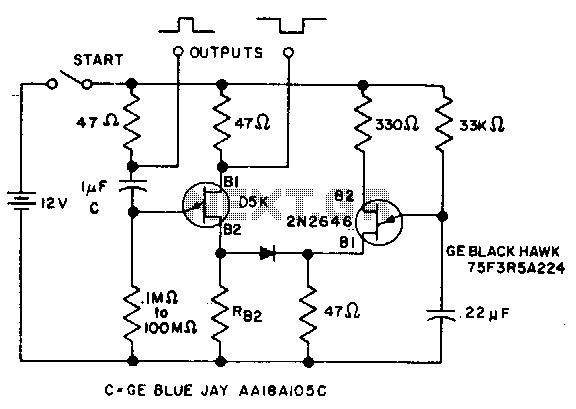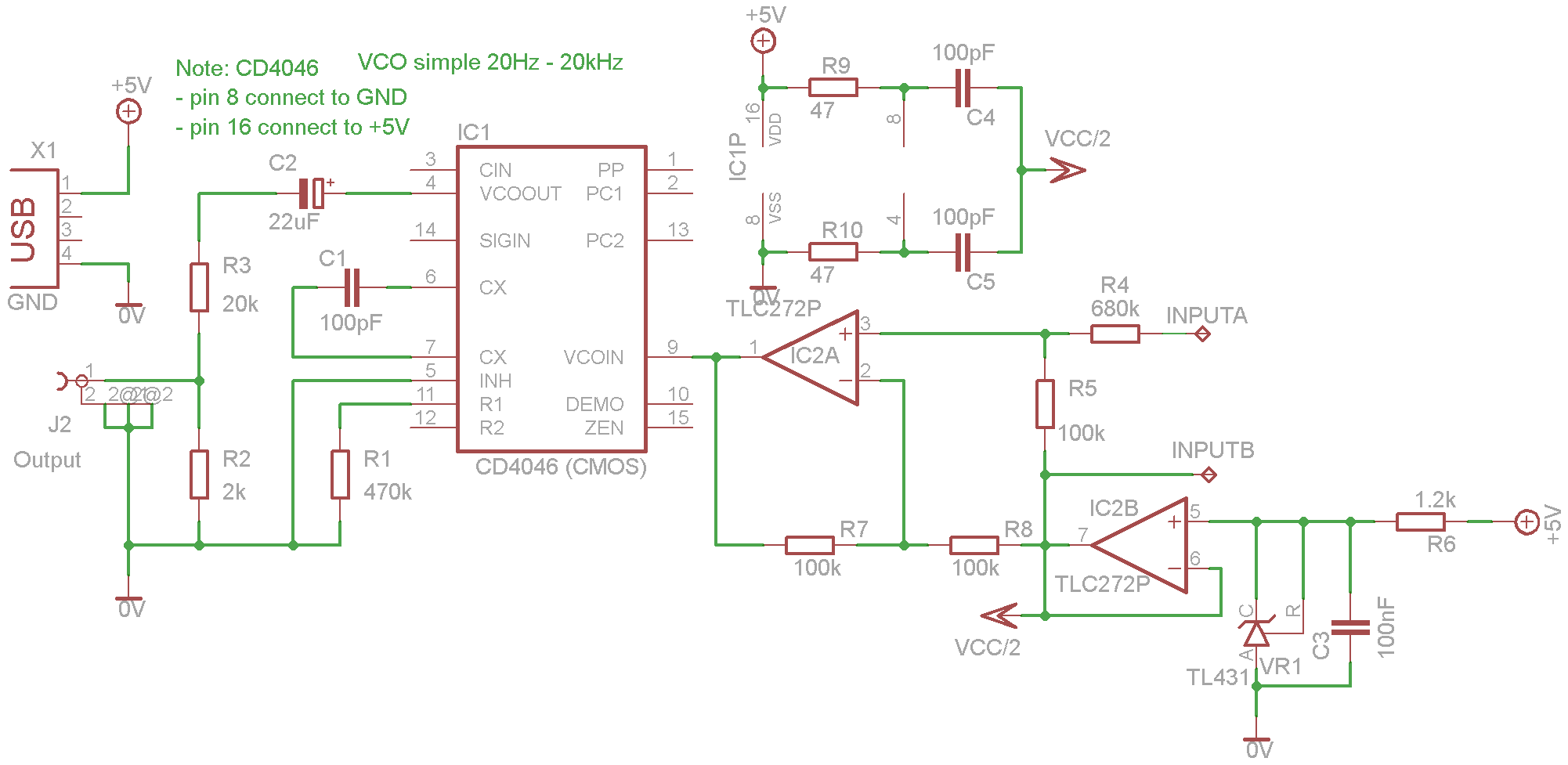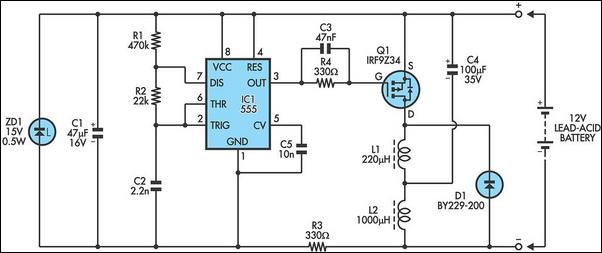
555 timer reverse polarity 2
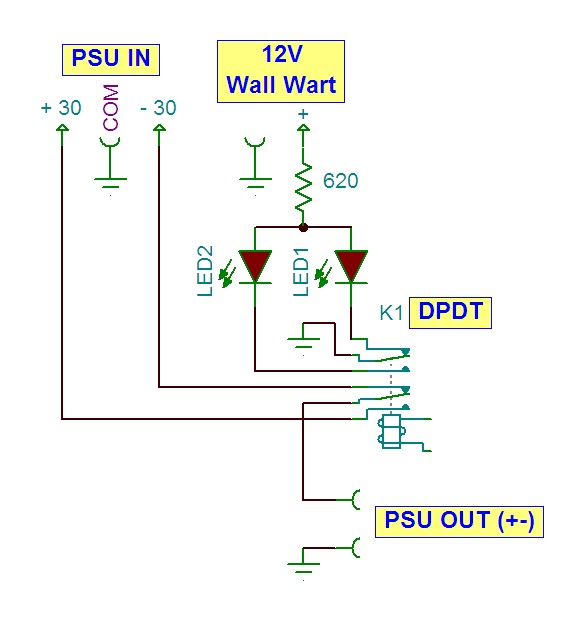
Thank you for the clarification. Since a dual (+-) supply is available, a single-pole double-throw (SPDT) relay will be sufficient. Is there a preference for a solid-state relay?
A dual power supply configuration, typically indicated as +V and -V, allows for the use of various components, including relays, within electronic circuits. An SPDT relay is a versatile switching device that can connect one common terminal to one of two other terminals, enabling the control of multiple circuits with a single relay. This functionality is particularly useful in applications requiring the switching of power or signals between different paths.
In this context, the choice between an electromechanical relay and a solid-state relay (SSR) should be considered based on the application requirements. An electromechanical relay uses an electromagnetic coil to operate a mechanical switch, offering the advantage of isolation between the control and load circuits. However, it may have limitations in terms of switching speed and durability compared to solid-state options.
Solid-state relays, on the other hand, utilize semiconductor devices to perform switching operations without moving parts, resulting in faster response times, longer lifespans, and reduced noise generation. They are ideal for applications where rapid switching and high reliability are essential.
When designing a circuit that incorporates an SPDT relay, attention must be given to the relay's specifications, such as coil voltage, contact ratings, and switching speed. Additionally, the circuit should include protection components, such as diodes for flyback protection, to prevent voltage spikes from damaging the relay or other components in the circuit. Proper layout practices and component selection will ensure the reliability and efficiency of the relay-based switching mechanism in the overall electronic design.Originally Posted by CDRIVE Thanks for clarifying that. Since you have a dual (+-) supply a SPDT relay will suffice. Do you want a solid state.. 🔗 External reference
A dual power supply configuration, typically indicated as +V and -V, allows for the use of various components, including relays, within electronic circuits. An SPDT relay is a versatile switching device that can connect one common terminal to one of two other terminals, enabling the control of multiple circuits with a single relay. This functionality is particularly useful in applications requiring the switching of power or signals between different paths.
In this context, the choice between an electromechanical relay and a solid-state relay (SSR) should be considered based on the application requirements. An electromechanical relay uses an electromagnetic coil to operate a mechanical switch, offering the advantage of isolation between the control and load circuits. However, it may have limitations in terms of switching speed and durability compared to solid-state options.
Solid-state relays, on the other hand, utilize semiconductor devices to perform switching operations without moving parts, resulting in faster response times, longer lifespans, and reduced noise generation. They are ideal for applications where rapid switching and high reliability are essential.
When designing a circuit that incorporates an SPDT relay, attention must be given to the relay's specifications, such as coil voltage, contact ratings, and switching speed. Additionally, the circuit should include protection components, such as diodes for flyback protection, to prevent voltage spikes from damaging the relay or other components in the circuit. Proper layout practices and component selection will ensure the reliability and efficiency of the relay-based switching mechanism in the overall electronic design.Originally Posted by CDRIVE Thanks for clarifying that. Since you have a dual (+-) supply a SPDT relay will suffice. Do you want a solid state.. 🔗 External reference
